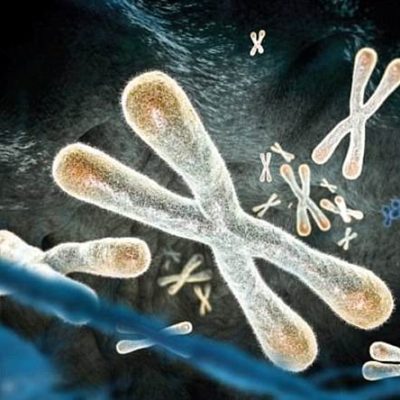In a groundbreaking development, scientists have successfully decoded a complete human chromosome using nanopore sequencing. The X chromosome, which carries numerous genetic diseases, was the first to be decoded using this method. Most chromosomes exist in two copies in human cells, one from the mother and one from the father. However, the sex chromosomes are an exception, with women having two X chromosomes and men having one X chromosome from the mother and a smaller Y chromosome from the father. This makes men more susceptible to genetic diseases than their female counterparts. Decoding the X chromosome is a crucial step in understanding these diseases, but until now, it has not been possible to decode entire chromosomes due to the presence of “junk DNA” between genes.
Junk DNA refers to sections of DNA that contain many repetitions, making it impossible to identify unique 100-base pair sequences and assemble the results like a puzzle. However, it was discovered in 2018 that these sequences have important regulatory functions for the genome. Despite this, there were still significant gaps in all chromosomes, including the X chromosome. Karen Miga and her team at the University of California used cells with two identical X chromosomes to subject the chromosome to complete nanopore sequencing. This involved passing individual DNA molecules through a narrow opening and measuring subtle changes in voltage to identify each base. The complete genome was then assembled using unique markers by a computer program.
This breakthrough will help scientists better understand the functions of human DNA, particularly the role of junk DNA. While it is not yet clear what new insights will be gained from the complete decoding of junk DNA, it has already been shown to be highly variable and likely to have important regulatory functions. Eric Green of the National Human Genome Research Institute in Santa Cruz believes that this technical breakthrough will be instrumental in advancing our understanding of the human genome.










